Spectacular wind-eroded desert landscape and intricate water systems, from natural underground rivers to man-made underground channels and reservoirs
Apart from a few short trips out of Yazd and Kerman, we haven’t really explored the Iranian desert yet. A trip to the Kaluts changed that. Mustafa and Sakina run their own little tourist business, out of the hamlet of Shafi Abbad. Mustafa runs the car, with which he picks up tourists and drives them around, Sakina runs the small guesthouse where we arrived one late afternoon, for a surprisingly comfortable night’s sleep on matrasses on the floor.
The next morning at 5 am (!!!) we left to see the sunrise over the Kaluts. The Kaluts are steep sandstone mountains in the middle of the desert, eroded into irregular pillars by thousands of years of blistering winds, which has created a surreal landscape. The sunrise was not that spectacular, as the atmosphere was somewhat hazy, but the views of these enormous sand towers, slowly changing colours, was definitely worth the early departure. And we were almost alone, here – with the exception of a sun-worshipping woman who, as soom as the sun came up, went onto her knees and started whaling and chanting, meanwhile blowing kisses to the sun. Right.
Driving on from the Kaluts, we passed a series of differently eroded sandstones, locally known as ‘the dolphins’, before we came to the Shur River. This is an underground river, but sufficiently close to the surface to moist the desert sand, and the bases of sand hills around. Much of the water has evaporated, creating huge mud cracks, whilst another part of the desert is covered with a salt crust; in some places we do find small pools of water, but also saturated with salt. A weird phenomenon, so in the middle of nowhere.
Back in Shafi Abbad we admire the village, and the caravanserai that is being restored. The most interesting part, however, is going down with Mustafa into the village’s qanat system, the age-old underground irrigation canals that have mostly been abandoned for modern equipment. Here in Shafi Abbad they are still being used, flowing very slowly on account of the minimal inclination these canals have been built with, perhaps 10-15 meters below the surface.
That water was of paramount importance is also clear in Shahdad, a larger town nearby, where we descend into the ancient water reservoir. An enormous stone tank has been built here, again 15 meters, maybe more, underground, where water used to be stored, presumably collected in the spring. Mustafa’s father still came here to collect his water, but these days it is no longer in use; running water from the tap has reached the desert, too.
next: Bam

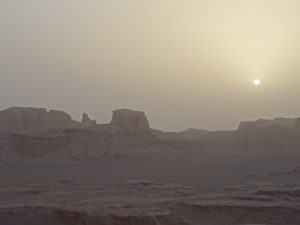
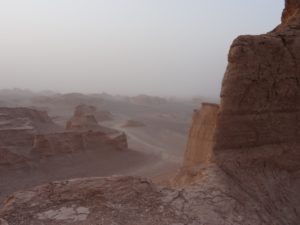
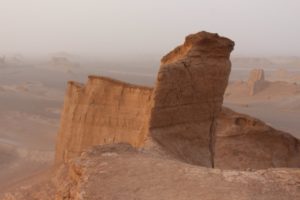
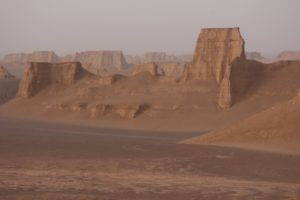
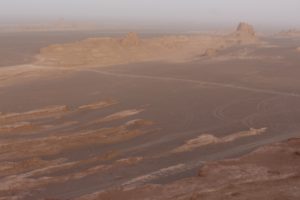
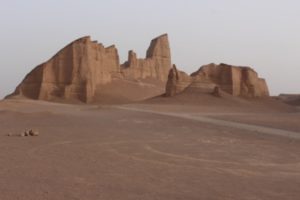
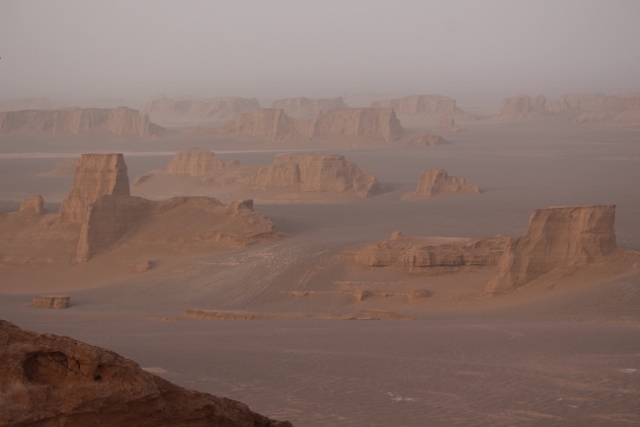
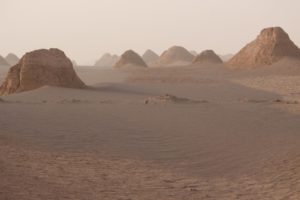
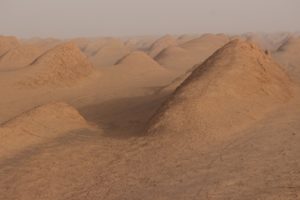
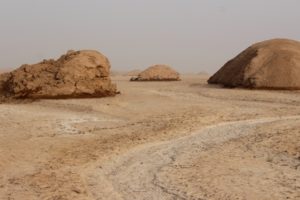
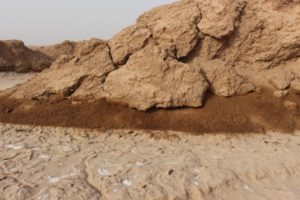
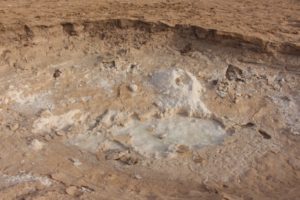
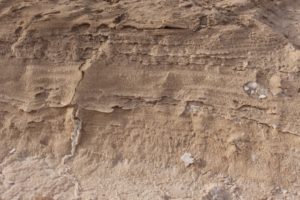
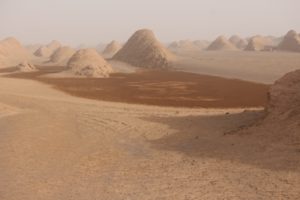
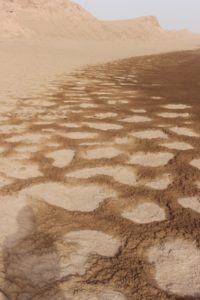
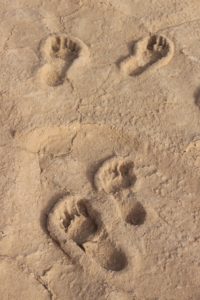
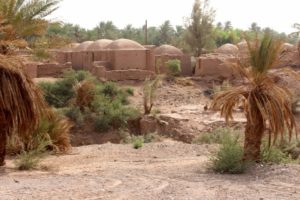
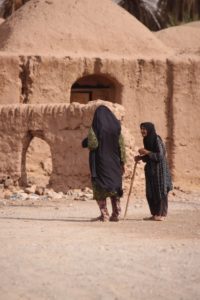
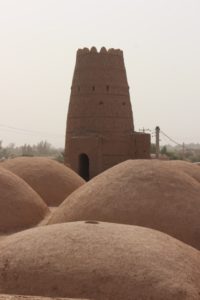
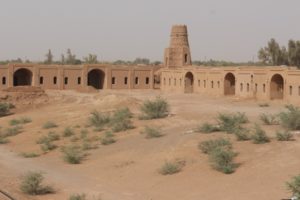

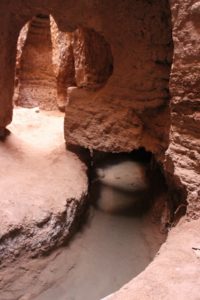
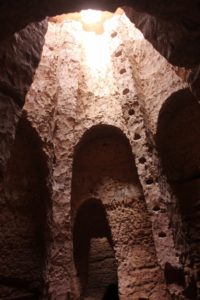
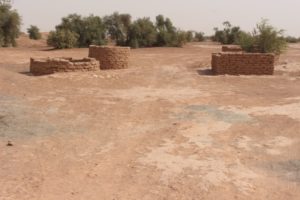
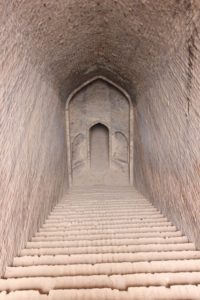
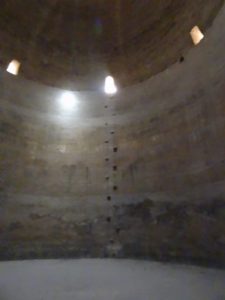
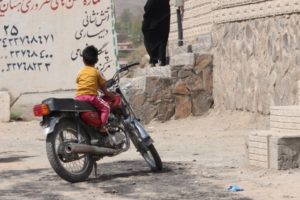










[…] و سوفیا، زوج جهانگرد آلمانی–آرژانتینی، در سایتشان صفحهای جداگانه برای کلوت شهداد در نظر گرفتهاند و […]
[…] و سوفیا، زوج جهانگرد آلمانی–آرژانتینی، در سایتشان صفحهای جداگانه برای کلوت شهداد در نظر گرفتهاند و […]